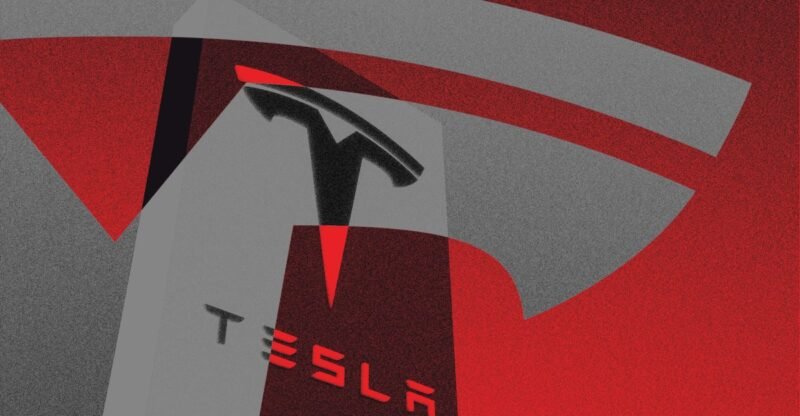Quick Takeaways
-
A federal jury in Florida found Tesla partly liable for a fatal 2019 crash involving its Autopilot software, resulting in a $200 million punitive and $43 million compensatory damages award.
-
Plaintiffs argued that Tesla misled drivers about Autopilot’s capabilities, with the California DMV accusing the company of false advertising regarding its driver-assist features.
-
The crash involved Tesla owner George McGee, who believed Autopilot would protect him, but he lost control while reaching for a dropped phone, leading to the death of 22-year-old Naibel Benavides.
- Tesla plans to appeal the verdict, asserting that it undermines automotive safety and hinders the development of life-saving technology.
Rethinking Autonomy and Responsibility
Tesla’s recent court ruling highlights significant challenges in the evolving landscape of autonomous driving technology. A federal jury found the company partly responsible for a tragic crash in 2019, resulting in over $200 million in damages. This decision underscores the ongoing debate about the real capabilities of Tesla’s Autopilot feature. Many users believe that driver-assist systems provide a higher level of autonomy than they actually do. The plaintiffs argued that Tesla misrepresented the dangers associated with its technology. When drivers miscalculate their reliance on these systems, the consequences can be fatal. In this case, a simple distraction led to loss of life, raising questions about user responsibility and corporate accountability.
Implications for the Future of Driving
While Tesla plans to appeal, the verdict sends a clear message: automakers must clarify the limits of their technology. As the industry pushes forward, safety must remain a priority. Tesla has heavily invested in developing features that promise to make driving safer, yet this technology carries risks. If consumers mistakenly view these systems as fully autonomous, they may not take necessary precautions. Moreover, regulatory bodies must step in to ensure accurate advertising of these features. Widespread adoption of driver-assist technology could revolutionize how we travel, but it can only succeed if users approach it with a realistic understanding of its capabilities. Balancing innovation with safety will be crucial as we navigate this complex road ahead.
Stay Ahead with the Latest Tech Trends
Learn how the Internet of Things (IoT) is transforming everyday life.
Stay inspired by the vast knowledge available on Wikipedia.
TechV1

